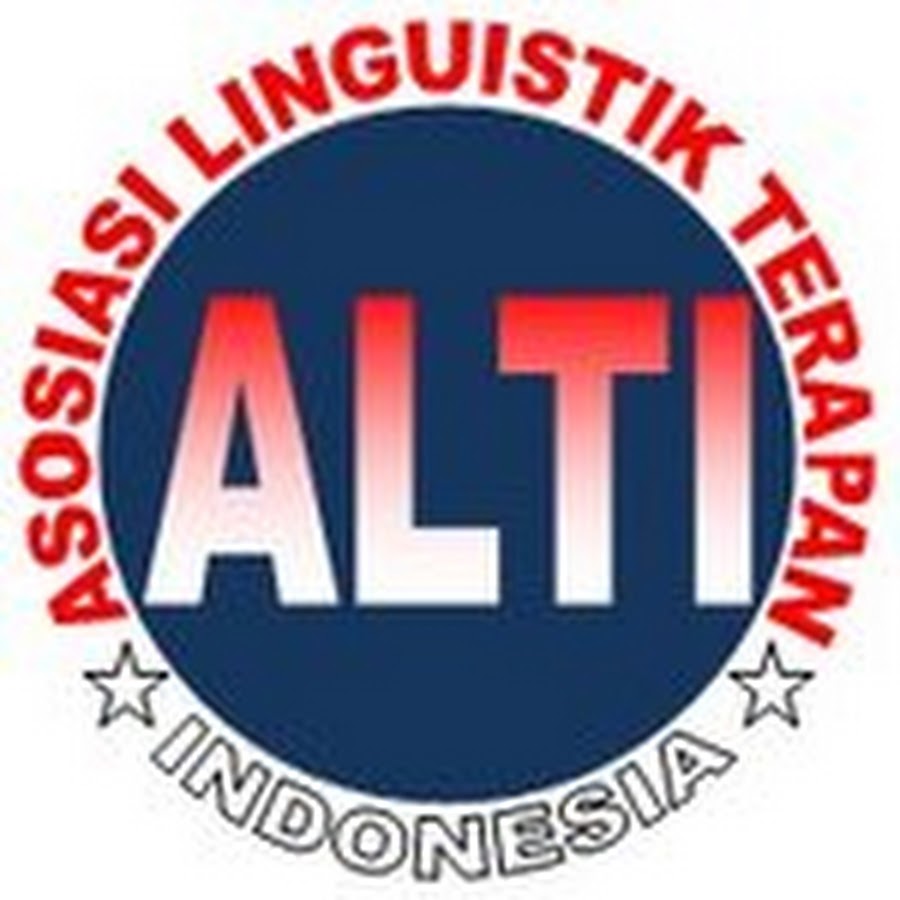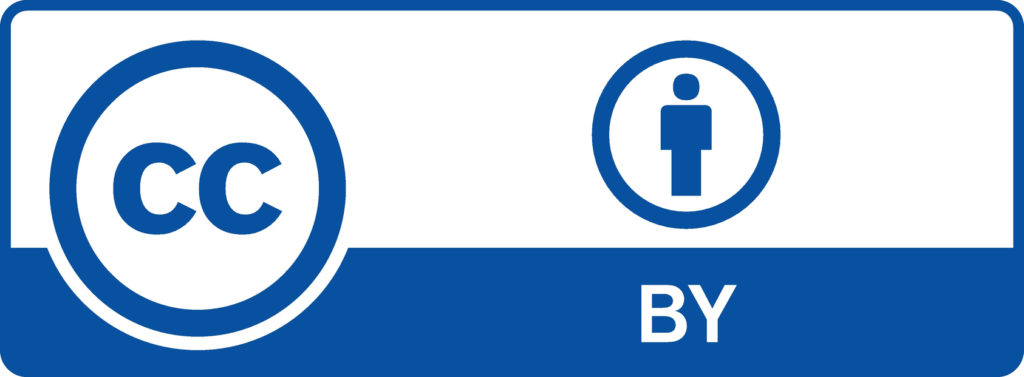Investigating Diglossic Situation in Watunohu Communities, North Kolaka Regency, Southeast Sulawesi
DOI:
https://doi.org/10.33096/tamaddun.v21i2.141Keywords:
Digglosia, Domain, BugisAbstract
This study takes a look at goals to decide the language used and to decide the state of affairs of diglossia withinside the community in Watunohu district, North Kolaka regency, Southeast Sulawesi. The technique used in this research is descriptive qualitative, the usage of descriptive methods. The series of records strategies in this research had been remark and interviews. The diglossia records primarily based totally on shape seven domains, namely the realm of the family, the realm of association, the realm of buying and selling transactions, the realm of religion, the realm of government, the realm of education, and the realm of the profession or job. Based on the research findings, it indicates that the human beings in Watunohu district are bilingual. It can be visible from the language used. Research based on the realm of the family, the realm of association, the realm of buying and selling transactions, and the realm of religion display that the community is greater dominant in the usage of the Bugis language while the realm of government, the realm of education and the realm of the profession, display that Indonesian is greater dominantly used as quite a few better languages.
References
Arsyad, S. (2014). Menulis Artikel Jurnal Internasional Dengan Gaya Retorika Bahasa Inggris. Jakarta: Halaman Moeka Publishing.
Arsyad, S, Arono. (2018). Memahami dan Menulis Abstrak Artikel Jurnal. Jakarta: Halaman Moeka Publishing.
Bathia, T. K., Ritchie, W. C. (2013). The Handbook of Bilingualism and Multilingualism. United Kingdom: Blackwell Publishingm, Ltd.
Cohn, A. C., & Ravindranath, M. (2014). Local languages in Indonesia: Language maintenance or language shift. Linguistik Indonesia, 32(2), 131-148.
Cohen, Louis., Manion, Lawrence., and Morrison, Keith. (2018). Research Methods in Education: Eight Edition. New York: Routledge Publications, Inc.
Fishman, J. A. (2020). Bilingualism with and without diglossia; diglossia with and without bilingualism. In The bilingualism reader (pp. 47-54). Routledge.
Khamis-Dakwar, R., & Froud, K. (2019). Diglossia and language development. In The Routledge Handbook of Arabic Sociolinguistics (pp. 300-313). Routledge.
Maher, J. (2019). Diglossia in multilingual communities. Multidisciplinary perspectives on multilingualism: The fundamentals, 103-122.
Miles, M. B., Huberman, A. M., & Saldaña, J. (2018). Qualitative data analysis: A methods sourcebook. Sage publications.
Mishra, Ramesh K. (2018). Bilingualism and Cognitive Control. India: Springer International Publishing.
Privitera, Gregory J., Ahlgrim-Delzell, L. (2019). Research Method for Education. London: SAGE Publications, Inc.
Rokhman, F. (2013). Sociolinguistics, A Language Learning Approach In A Multicultural Society. Yogyakarta: Graha Science.
Schiffman, H. F. (2017). Diglossia as a sociolinguistic situation. The handbook of sociolinguistics, 205-216.
Yin, Robert K. (2016). Qualitative Research from Start to Finish: Second Edition. New York: The Guildford Publications, Inc.
Downloads
Published
Issue
Section
License
Authors who publish with Tamaddun journal agree to the following terms:
1. Authors retain the copyright and grant Tamaddun the right of first publication. The work will be licensed under a Creative Commons Attribution License (CC BY 4.0), which permits others to share the work with proper acknowledgment of the authorship and initial publication in this journal.
2. Authors may enter into additional non-exclusive agreements for the distribution of the published version of their work (e.g., posting it to an institutional repository or including it in a book), provided that the initial publication in this journal is acknowledged.
3. Authors are encouraged to post their work online (e.g., in institutional repositories or on their personal websites) before and during the submission process. This can lead to productive exchanges and increase the visibility and citation of the published work.






